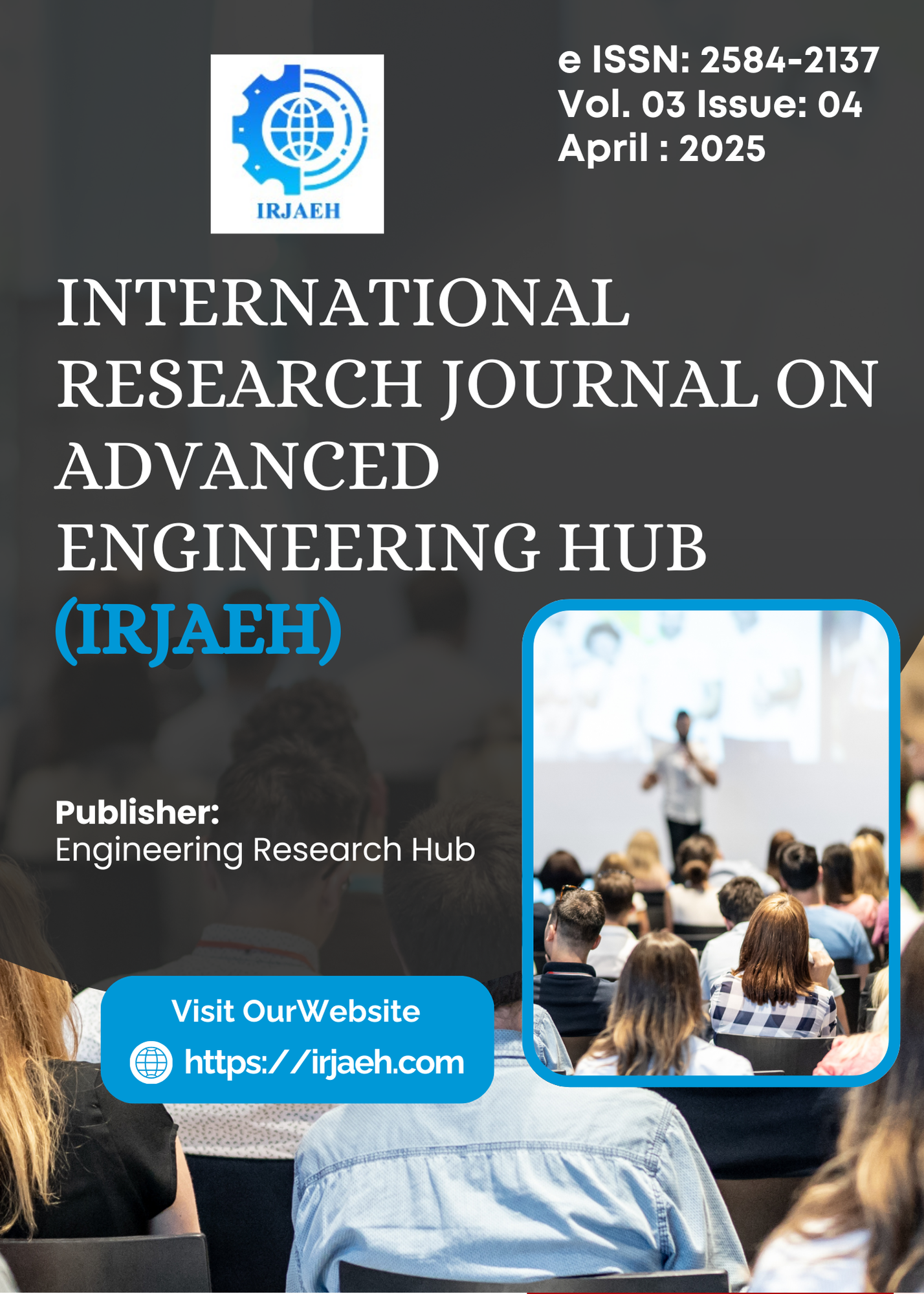Extraction of Ligninolytic Enzyme from Industrial Waste
DOI:
https://doi.org/10.47392/IRJAEH.2025.0240Keywords:
Ligninolytic enzymes, Hydrogen peroxidase (H2O2)Abstract
The idea behind the extraction of ligninolytic enzymes originated from the fear of plastic waste; plastic continues to menace the environment despite its ban. Plastic will breakdown chemically but will release toxic by-products that will release microparticles into nature and contribute to global warming. Thus, we designed a greener alternative to use enzymes to biodegrade a plastic accumulation. We remove the ligninolytic enzymes from industrial waste by performing filtration, centrifugation, ammonium sulfate precipitation, dialysis, and ion exchange chromatography. To accelerate the plastic degradation process, we add hydrogen peroxide (H2O2) as a catalyst and use surfactants to biodegrade plastic quickly.
Downloads
Downloads
Published
Issue
Section
License
Copyright (c) 2025 International Research Journal on Advanced Engineering Hub (IRJAEH)

This work is licensed under a Creative Commons Attribution-NonCommercial 4.0 International License.

 .
. 